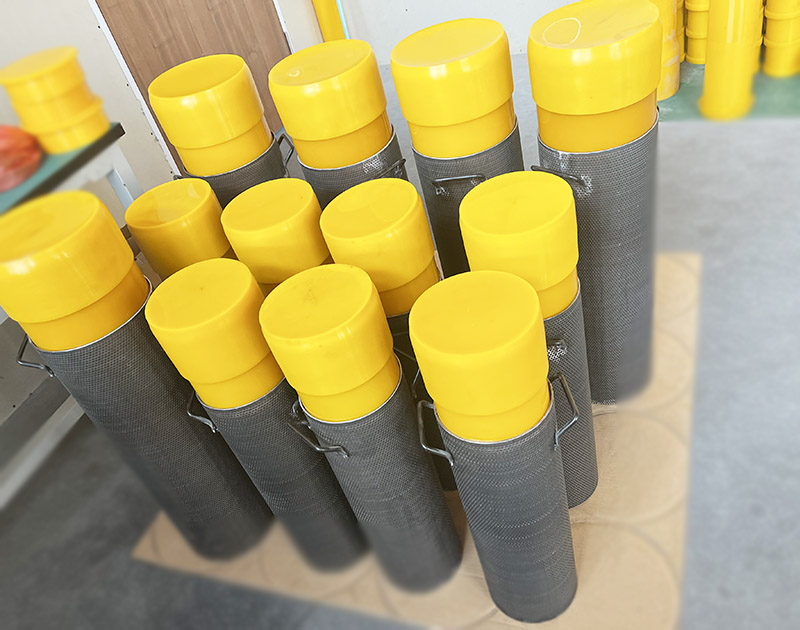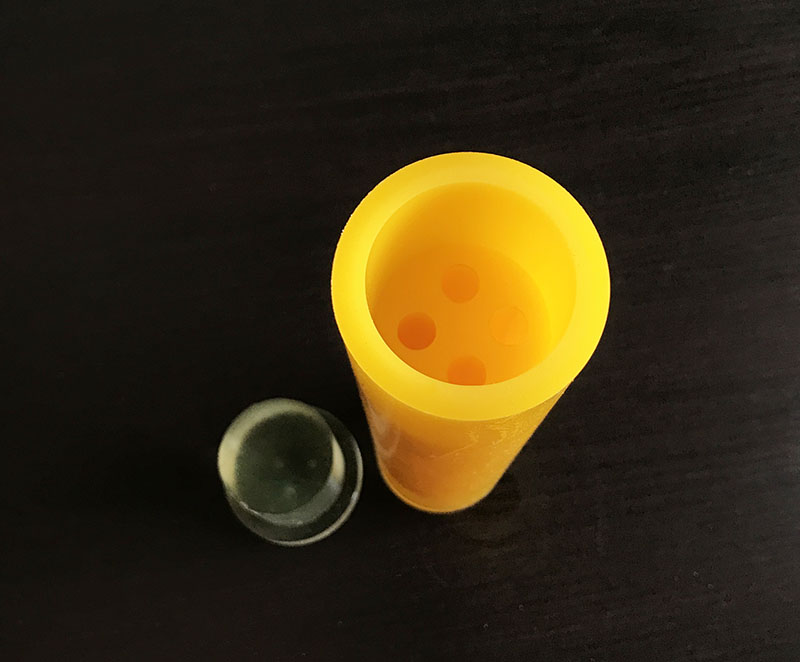

The principle of isostatic pressing
The isostatic pressing technology is to place the powder of the sample to be pressed in a high-pressure container, and use the incompressibility of the liquid or gas medium and the property of uniform pressure transfer to uniformly press the sample from all directions. When the liquid medium passes through the pressure When the pump is injected into the pressure vessel, according to the principles of fluid mechanics, its pressure is constant and uniformly transmitted to all directions. At this time, the pressure of the powder in the high-pressure container in all directions is uniform and consistent in size. The method of forming the barren powder into a dense body by the above method is called isostatic pressing.
Classification
Isostatic pressing technology is a molding technology that can provide isotropic and ultra-high molding pressure for products. According to the different molding temperature, it can be divided into three categories: hot isostatic pressing (HIP), warm isostatic pressing (WIP) and cold isostatic pressing (CIP).
The hot isostatic pressing process is to place the product in a closed container, apply equal pressure in all directions to the product while applying high temperature, and under the action of high temperature and high pressure, the product can be sintered or densified. Hot isostatic pressing equipment consists of high pressure vessel, heating furnace, compressor , vacuum pump , gas storage tank, cooling system and computer control system, among which the high pressure vessel is the key device of the whole equipment.
Cold isostatic pressing technology is to use rubber or plastic as the covering mold material at room temperature, using liquid as the pressure medium, mainly used for powder material molding, to provide green body for further sintering or hot isostatic pressing process. Cold isostatic pressing technology is divided into wet bag method and dry bag method.
Wet bag isostatic pressing is to encapsulate the blank (or pre-pressed in advance) in an elastic plastic or rubber mold, put it into a high-pressure cylinder after sealing, and press the blank to form through liquid transfer. This method can change the shape and size of the plastic wrap, and the product has great flexibility and is suitable for small-scale production. However, manual bagging and unloading operations are performed every time, and the production efficiency is not high. This method is mainly used for the production of large and special-shaped parts.
Dry bag isostatic pressing is to semi-fix the elastic mold, not immersed in the liquid medium, but sealed by the upper and lower pistons . The pressure pump injects the liquid medium between the high-pressure cylinder and the pressurized rubber, and transmits the pressure through the liquid and the pressurized rubber to press the blank to form. This method can be operated continuously, that is, the upper cover of the mold is opened, the material is loaded, and then the upper cover is covered and pressure-molded. Short operation cycle, suitable for batch production.
Warm isostatic pressing technology Warm isostatic pressing technology, the pressing temperature is generally 80 ~ 120 ℃. There are also special liquid or gas transmission pressures at 250~450℃, and the operating pressure is about 300MPa. It is mainly used for graphite and polyamide rubber materials that cannot be formed by powder materials at room temperature . in order to obtain solid bodies at elevated temperatures.



We support all kinds of customization, if you need it, please contact us.
Phone/whatsapp:+86 18234744811
Email:sales@highindustryco.com